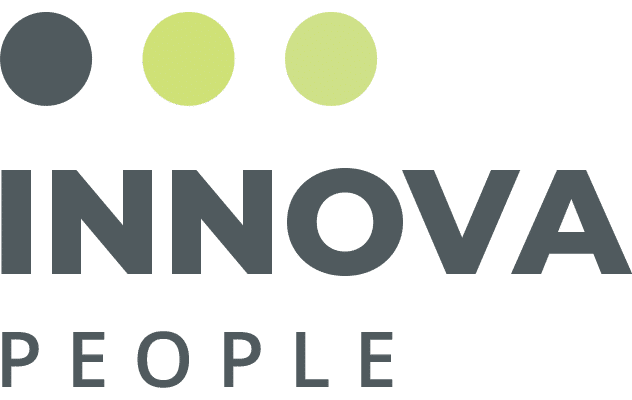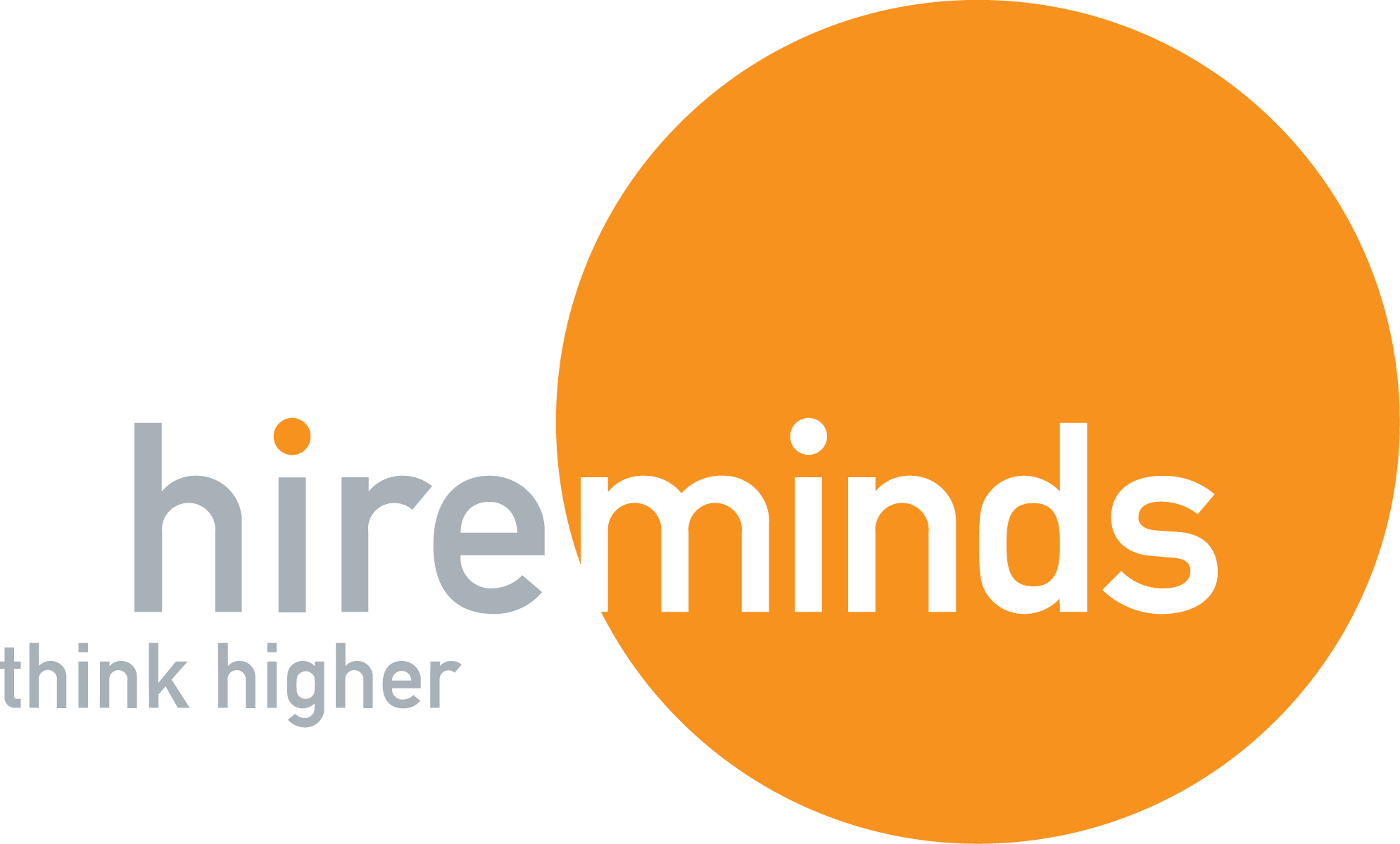
By Ryan Lange, Managing Partner & Practice leader
In the ever-evolving landscape of education, technology has become a powerful catalyst for change, revolutionizing how students learn and educators teach. As we step into 2024, this blog explores the latest trends and innovations in Education Technology (EdTech) that are reshaping the future of learning, paving the way for a more inclusive, interactive, and personalized educational experience.
Personalized Learning Journeys: Tailoring Education to Individual Needs:
In 2024, EdTech is putting the “personal” in personalized learning. Adaptive learning platforms and Artificial Intelligence (AI) algorithms are customizing educational content based on individual student progress, preferences, and learning styles. This not only fosters a more engaging learning experience but also ensures that each student can progress at their own pace, addressing individual strengths and challenges.
Virtual and Augmented Reality in Education: Immersive Learning Experiences:
The integration of Virtual Reality (VR) and Augmented Reality (AR) is transforming education into a multisensory and immersive experience. In 2024, students can embark on virtual field trips, conduct science experiments in augmented reality labs, and explore historical events through immersive storytelling. This hands-on approach not only enhances understanding but also sparks creativity and curiosity.
Gamification of Learning: Turning Education into Play:
EdTech is taking inspiration from gaming to make learning more enjoyable and effective. Gamification elements, such as badges, rewards, and interactive challenges, are integrated into educational platforms. In 2024, students engage with academic content through gamified interfaces, turning lessons into exciting quests and fostering a positive attitude toward learning.
Artificial Intelligence in Education: Smart Tutoring and Beyond:
Artificial Intelligence is playing a pivotal role in transforming education. In 2024, AI-driven tools are not only providing smart tutoring based on student performance but also offering insights to educators for more targeted instruction. Predictive analytics are helping identify potential learning gaps and tailoring interventions to ensure every student receives the support they need.
Collaborative Learning Platforms: Breaking Down Digital Walls:
The shift towards collaborative learning is accentuated by digital platforms that facilitate real-time interaction and cooperation. In 2024, students and educators can connect seamlessly through virtual classrooms, discussion forums, and collaborative projects. This fosters a sense of community, breaking down geographical barriers and enabling a global exchange of ideas.
Blockchain in Education: Securing Academic Credentials:
Blockchain technology is making waves in education by providing a secure and transparent way to manage academic credentials. In 2024, students can have their achievements, certifications, and degrees securely stored on a blockchain, ensuring the authenticity and accessibility of their academic records. This innovation simplifies the credential verification process for employers and educational institutions.
Data-Driven Decision-Making: Enhancing Educational Outcomes:
EdTech platforms are increasingly leveraging data analytics to inform decision-making. In 2024, educators and administrators can utilize data to gain insights into student performance, track engagement, and assess the effectiveness of teaching methods. This data-driven approach allows for more informed and targeted interventions, ultimately improving educational outcomes.
As we navigate the educational landscape of 2024, EdTech innovations are not just tools; they are transformative agents reshaping the very essence of learning. The trends discussed – personalized learning, immersive experiences through VR and AR, gamification, AI-driven education, collaborative platforms, blockchain credentialing, and data-driven decision-making – collectively contribute to an educational ecosystem that is dynamic, inclusive, and responsive to the diverse needs of learners. By embracing these innovations, educators and students alike are poised to embark on a journey that transcends traditional boundaries, creating a future where knowledge knows no limits.





